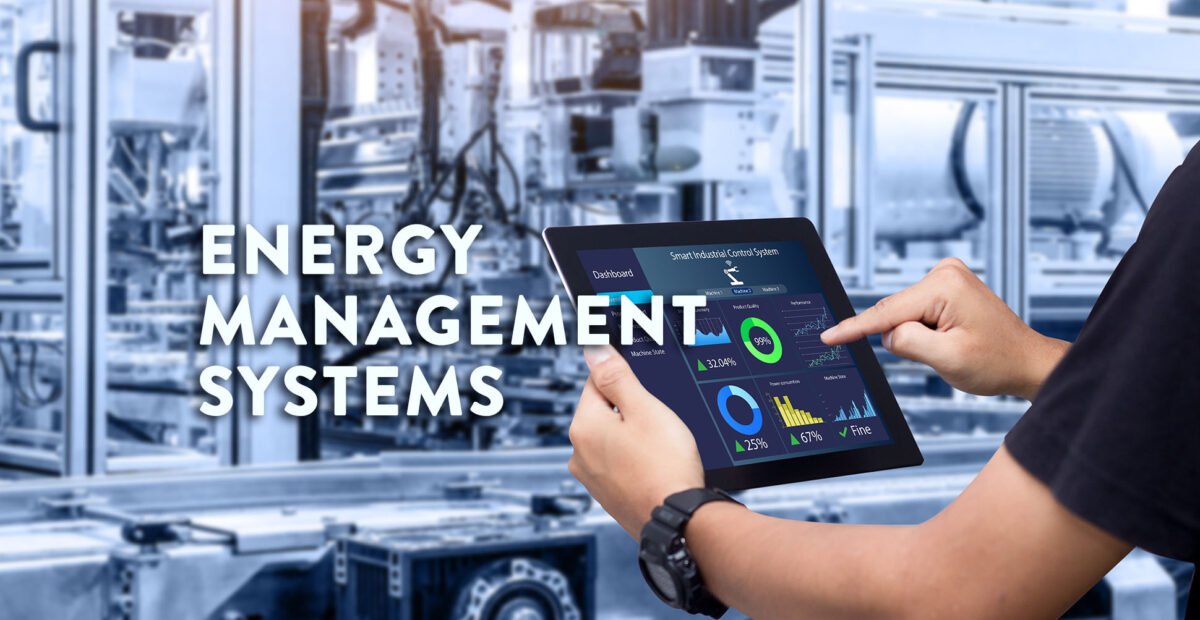Energy Management Systems – Injection Molding 1

Injection molding machines have both ‘base’ and ‘process’ loads, and an idling machine incurs substantial energy and monetary costs.
Even when idle, injection molding machines consume energy. The base load for standard (older) machines can range from 52% to 97.5% of the full molding energy consumption. For idle periods exceeding 20 to 45 minutes, it may be more cost-effective to switch off and restart the machine. At the very least, unnecessary services and functions, such as the main hydraulic motor, should be turned off to save energy.
Action:
- Check that all jobs are on the smallest machine possible – small jobs on large machines waste energy.
- Plan and control the start-up sequence to limit the Maximum Demand.
- Fit a warning device to sound or flash when the Maximum Demand approaches the allowable limit.
- Measure start-up energy use, idling energy use and operating energy use to find the relative costs.
- Define an ‘idling’ mode for all machines – heaters reduced, hydraulics off, compressed air off and chilled water off.
- Stop supplying services (compressed air and cooling water) to idle machines.
- Switch off barrel heaters and cooling fans between runs or lower temperatures to ‘set-back’ ≈ 110°C.
- Design handling systems to operate ‘on-demand’ only.
Dr. Robin Kent is the author of ‘Energy Management in Plastics Processing’, published by Elsevier and Managing Director of Tangram Technology Ltd. (www.tangram.co.uk ), consulting engineers for energy and sustainability management in plastics processing.
Also read:
- Energy Management Systems – The Gas Bill
- Energy Management Systems – Assessing Performance
- Energy Management Systems – Electricity Bill
- Energy Management Systems – Getting Started
- Energy Management Systems – Site Surveys
You can also learn more about energy management at Robin’s webinar, Energy Management in Plastics Processing, that took place Thursday, April 18, 2024.
